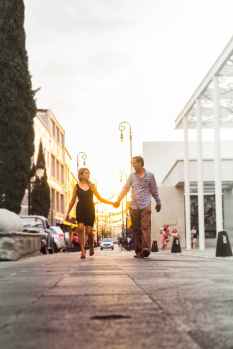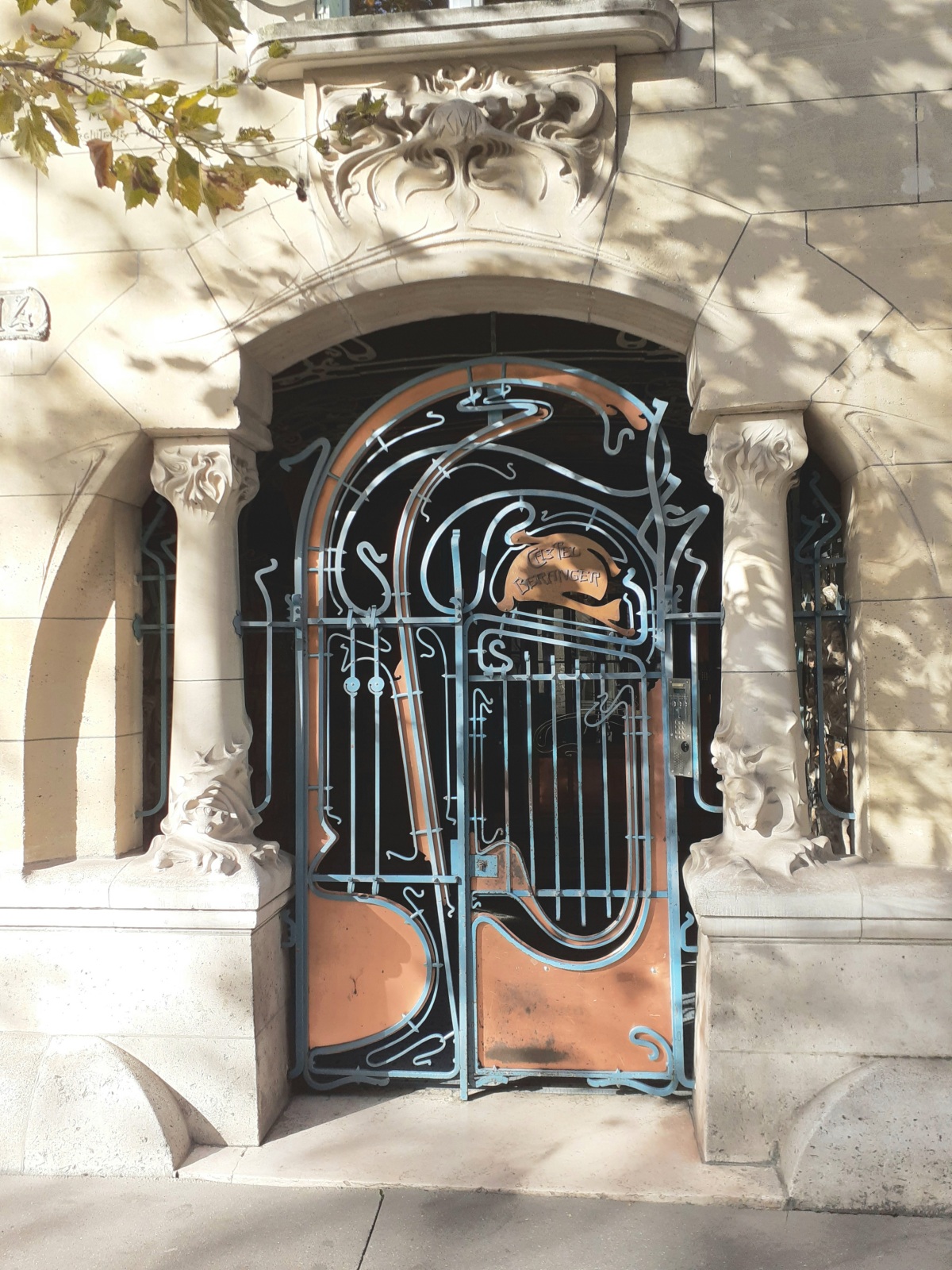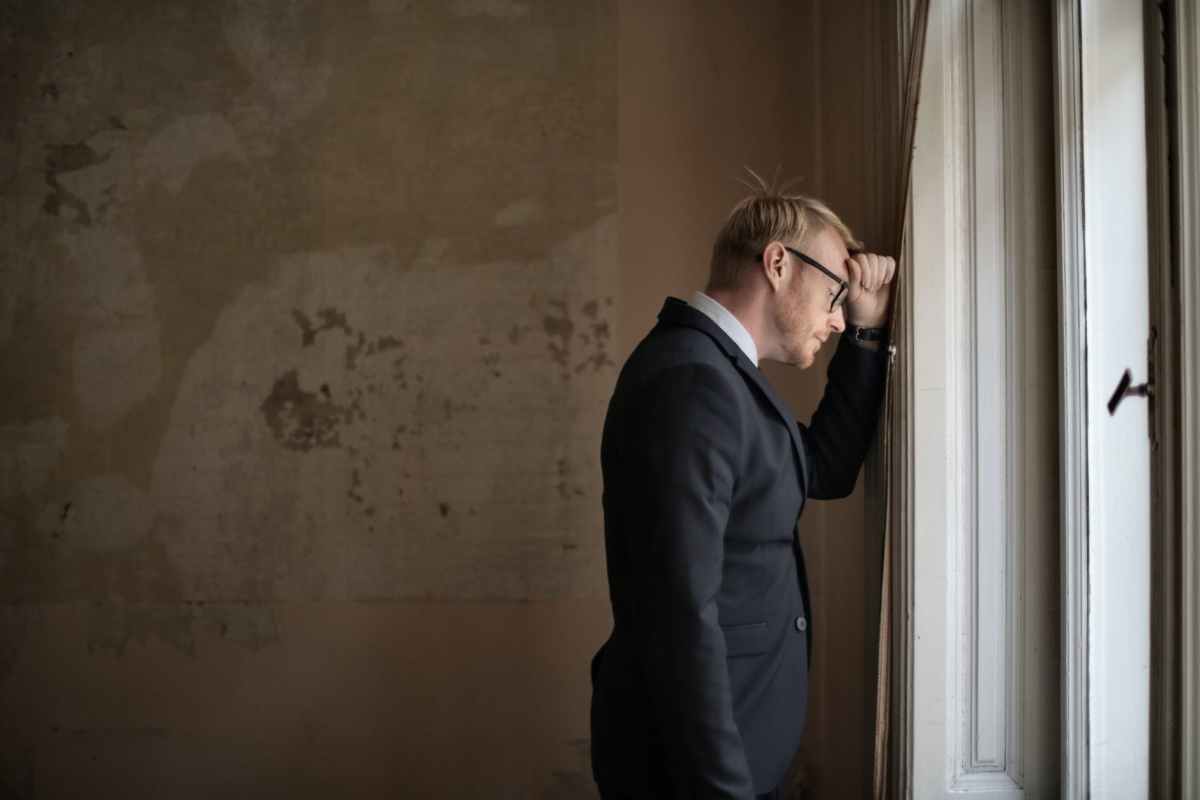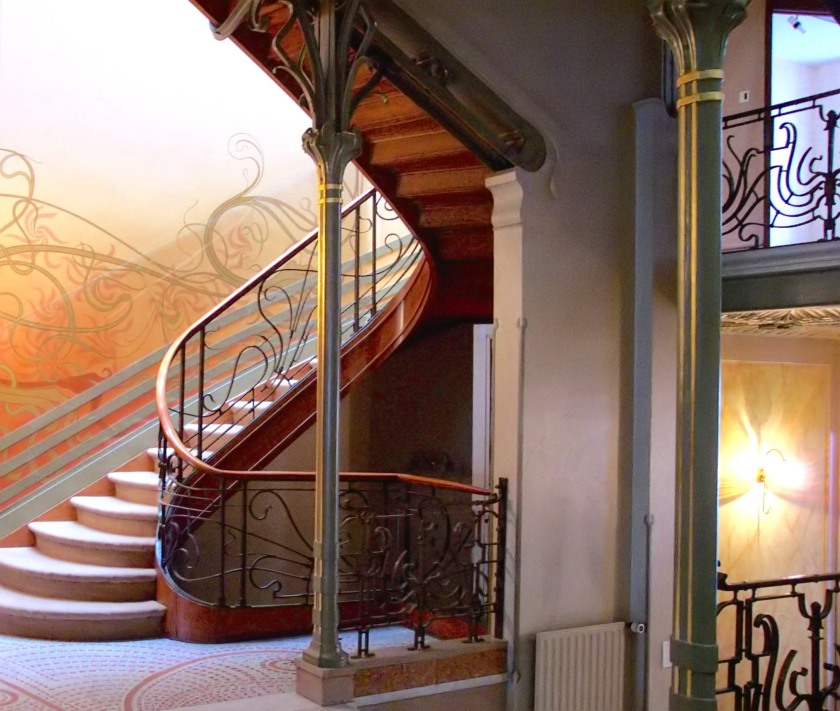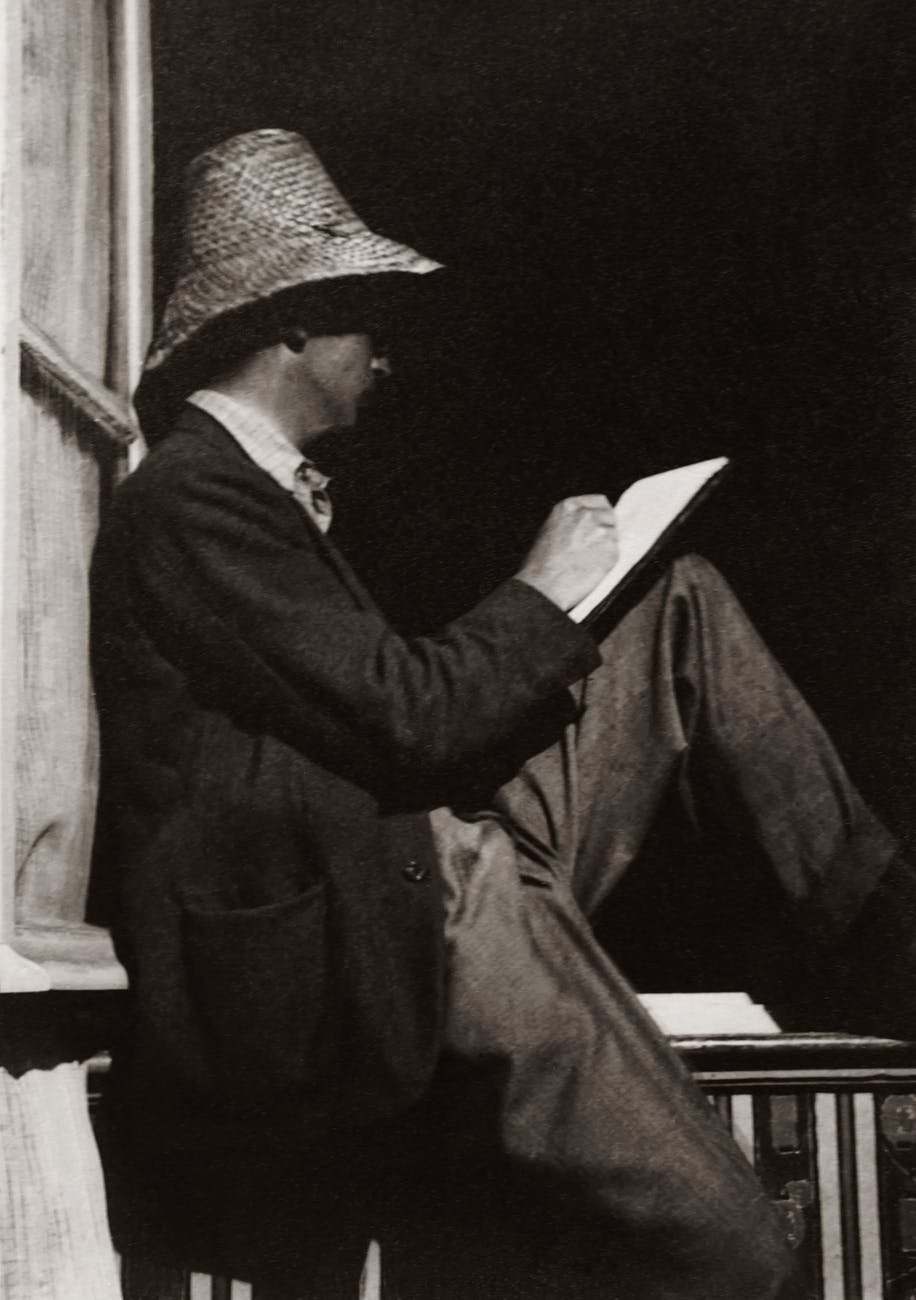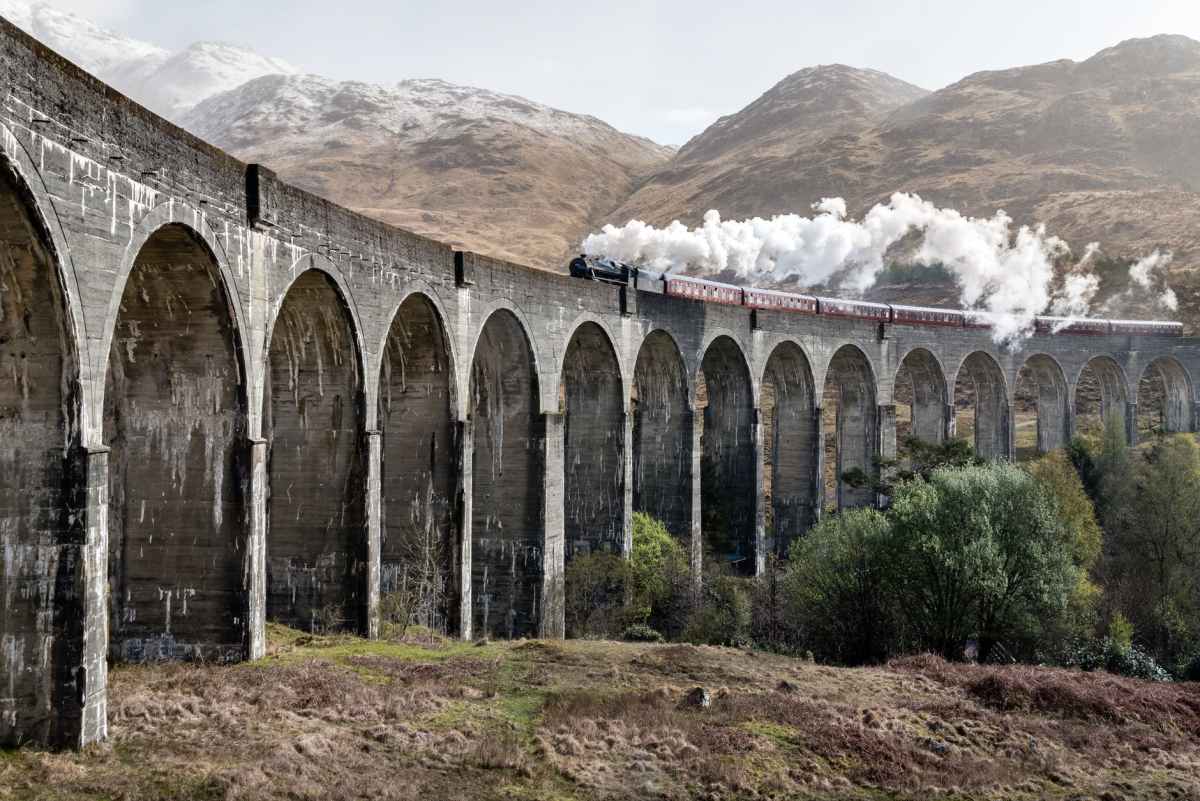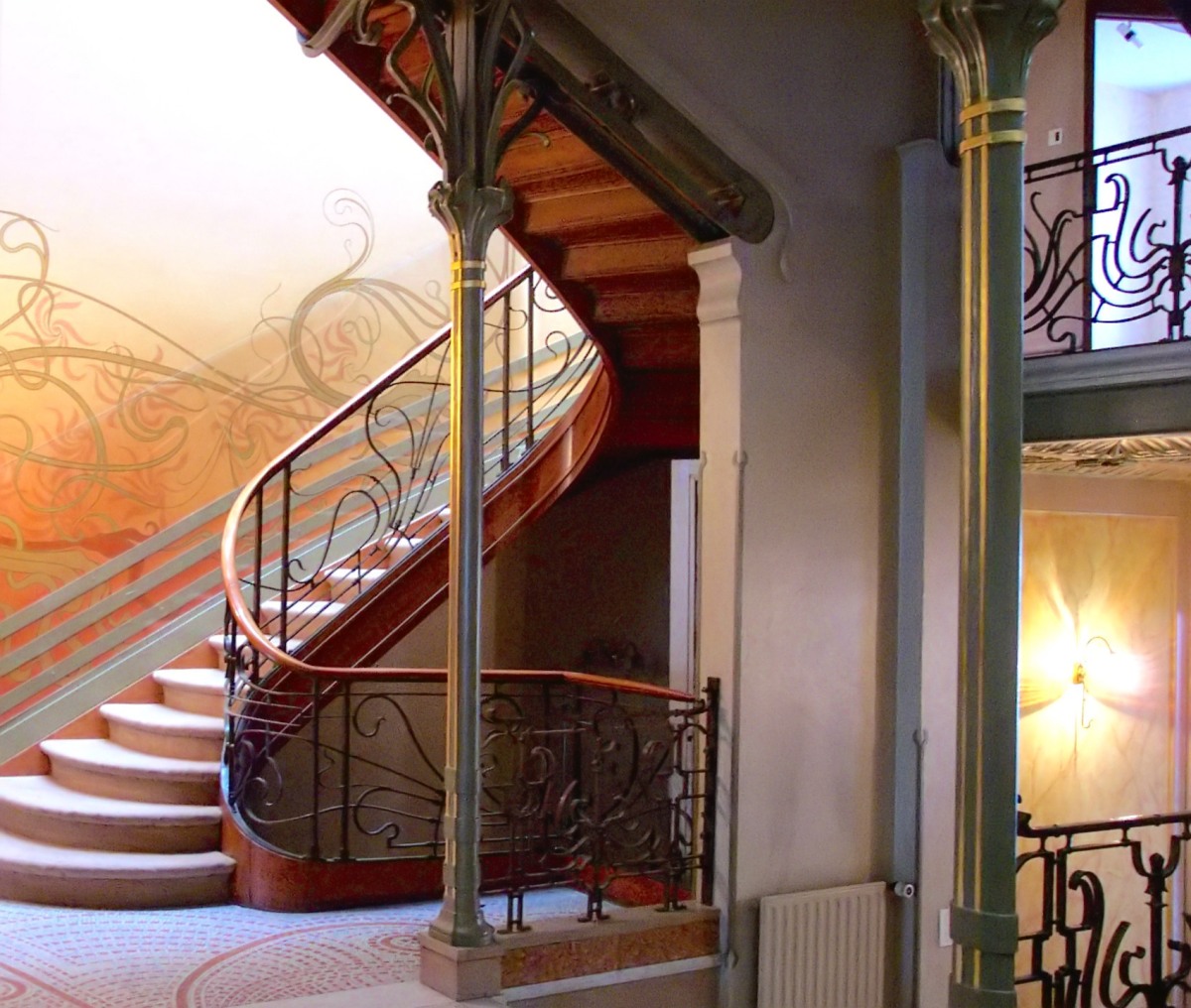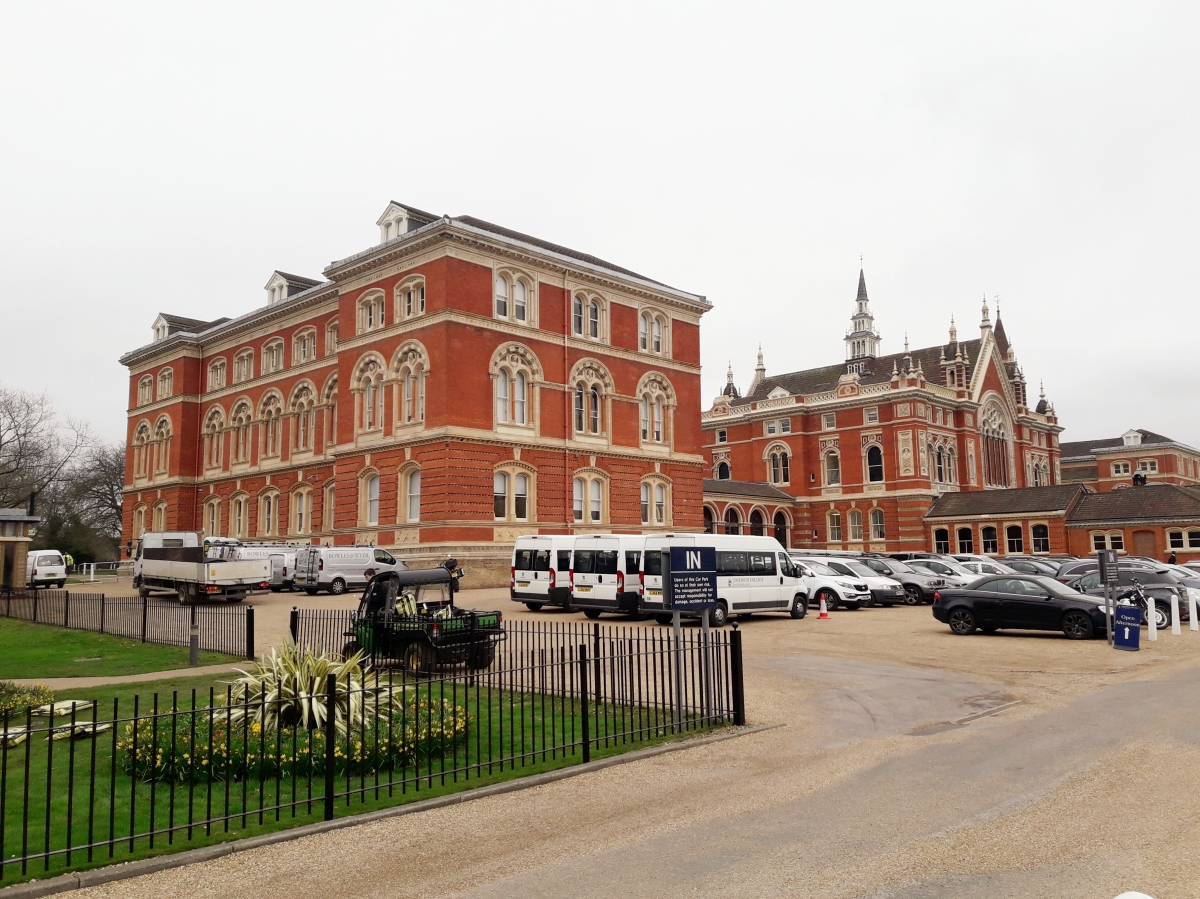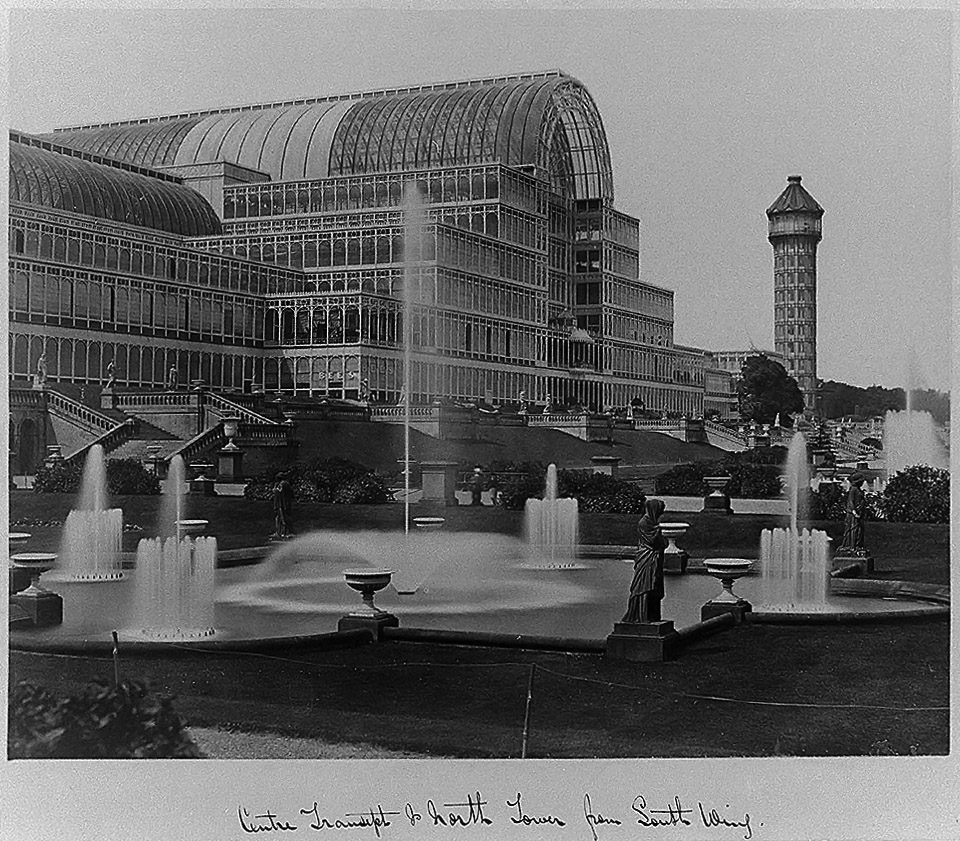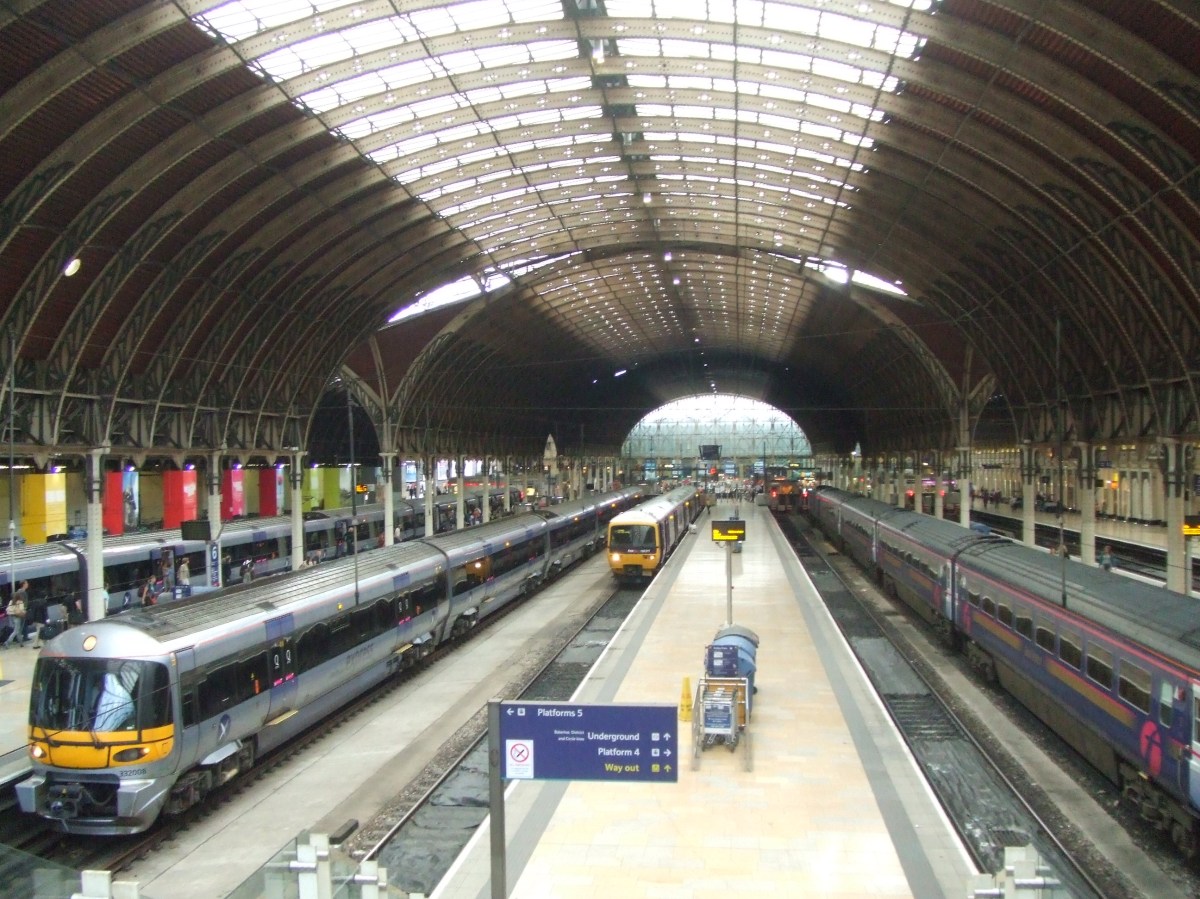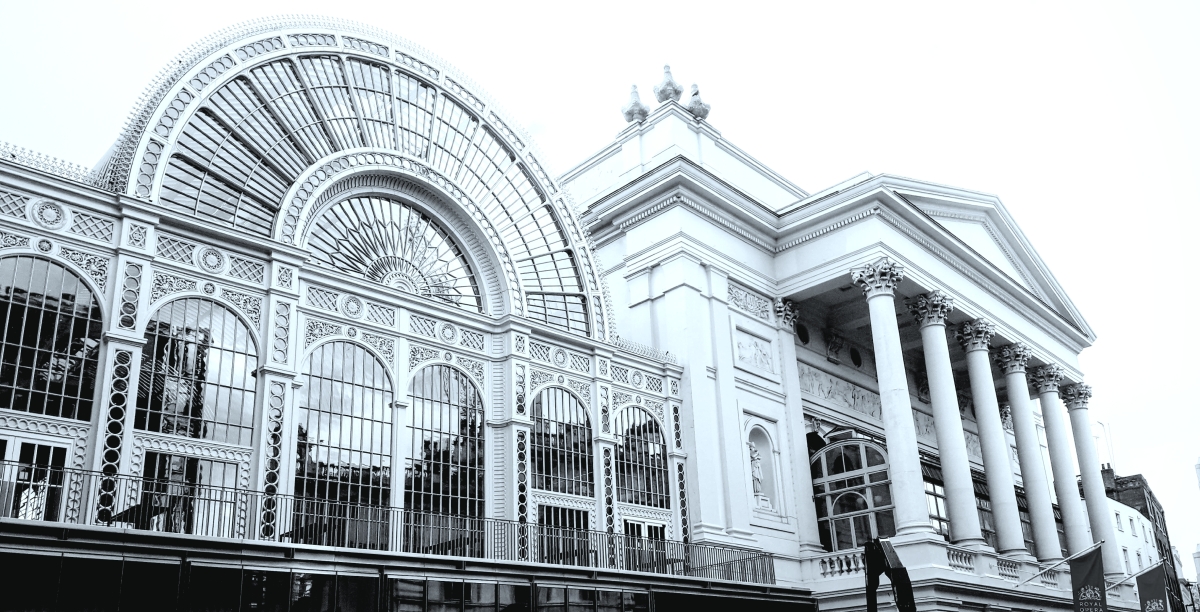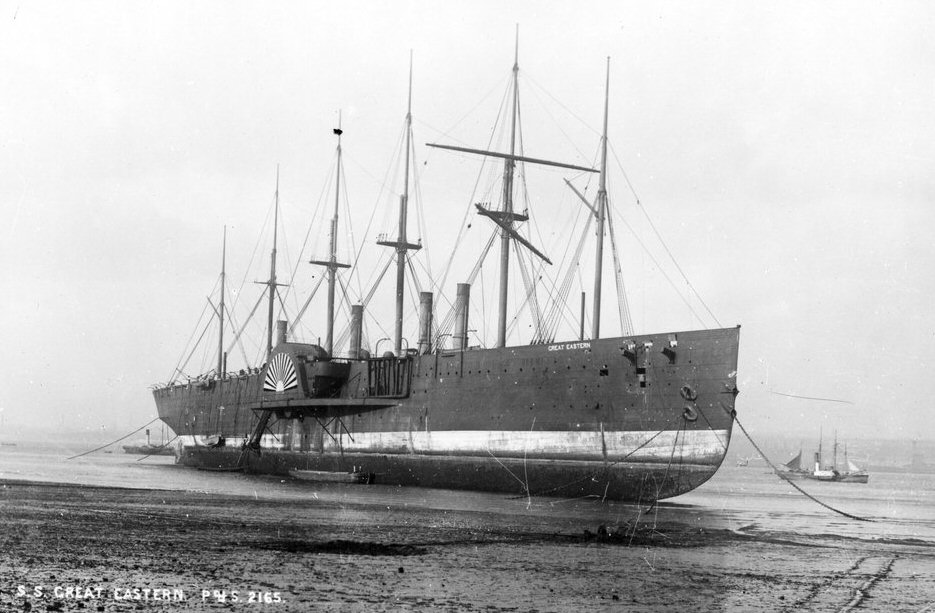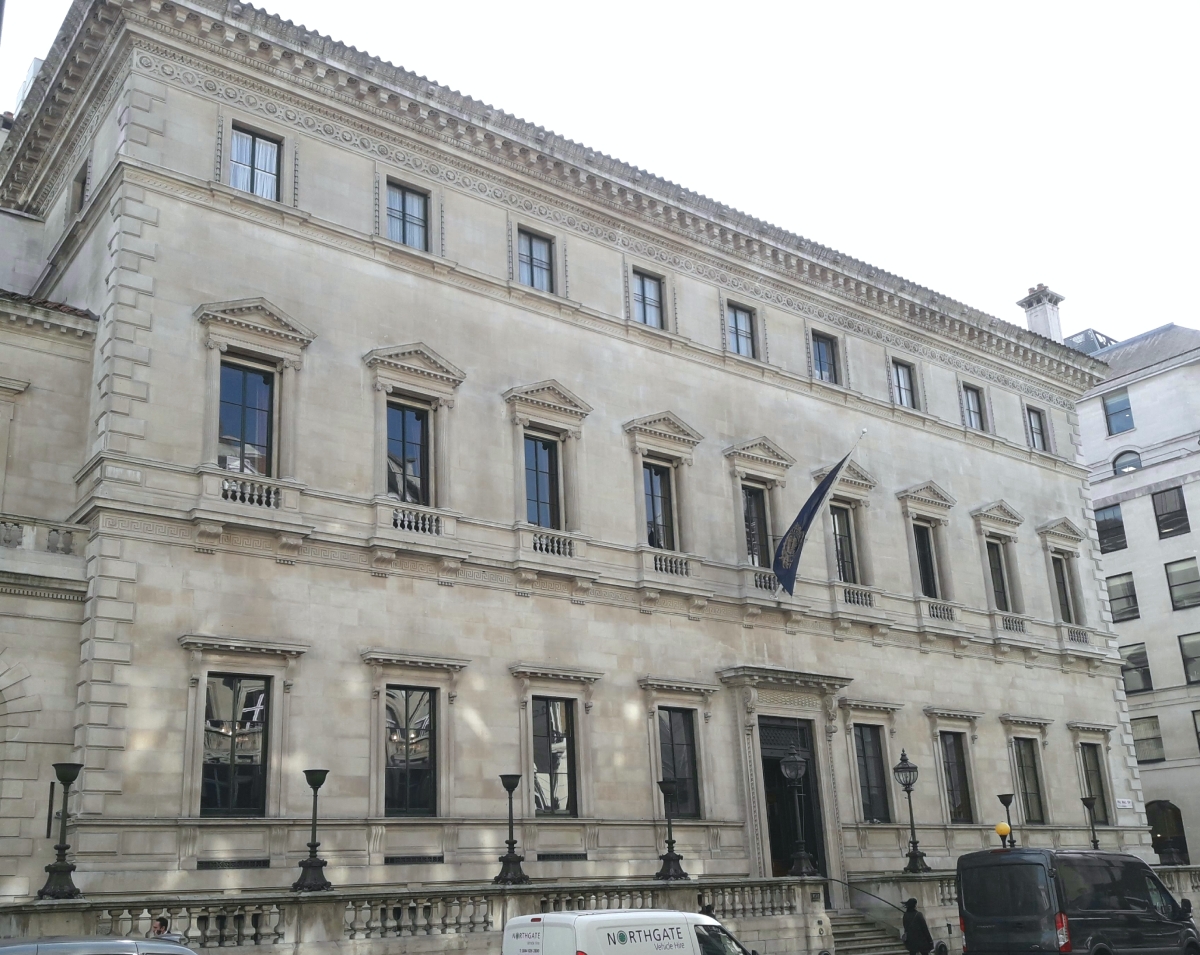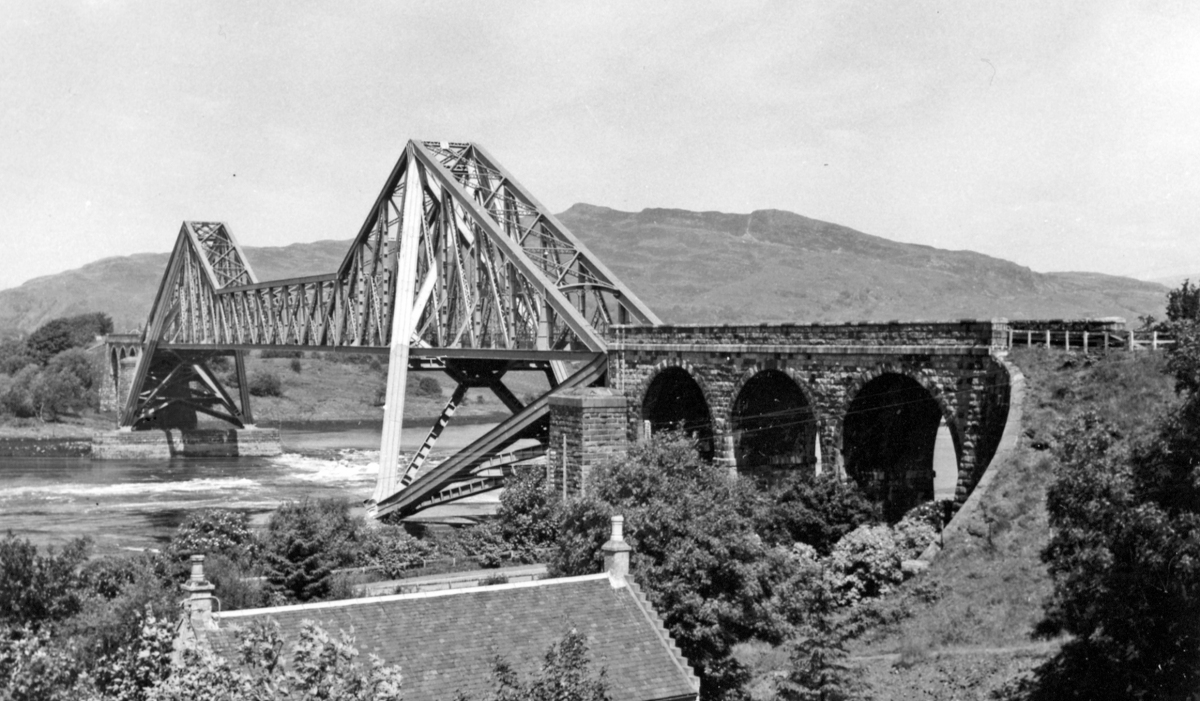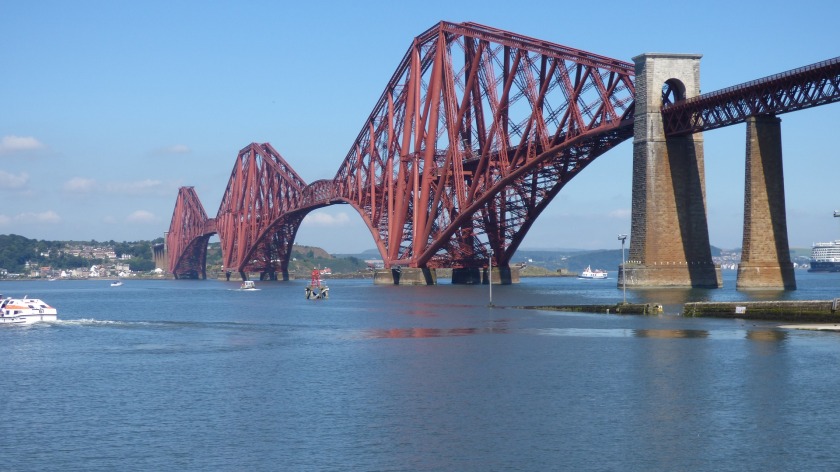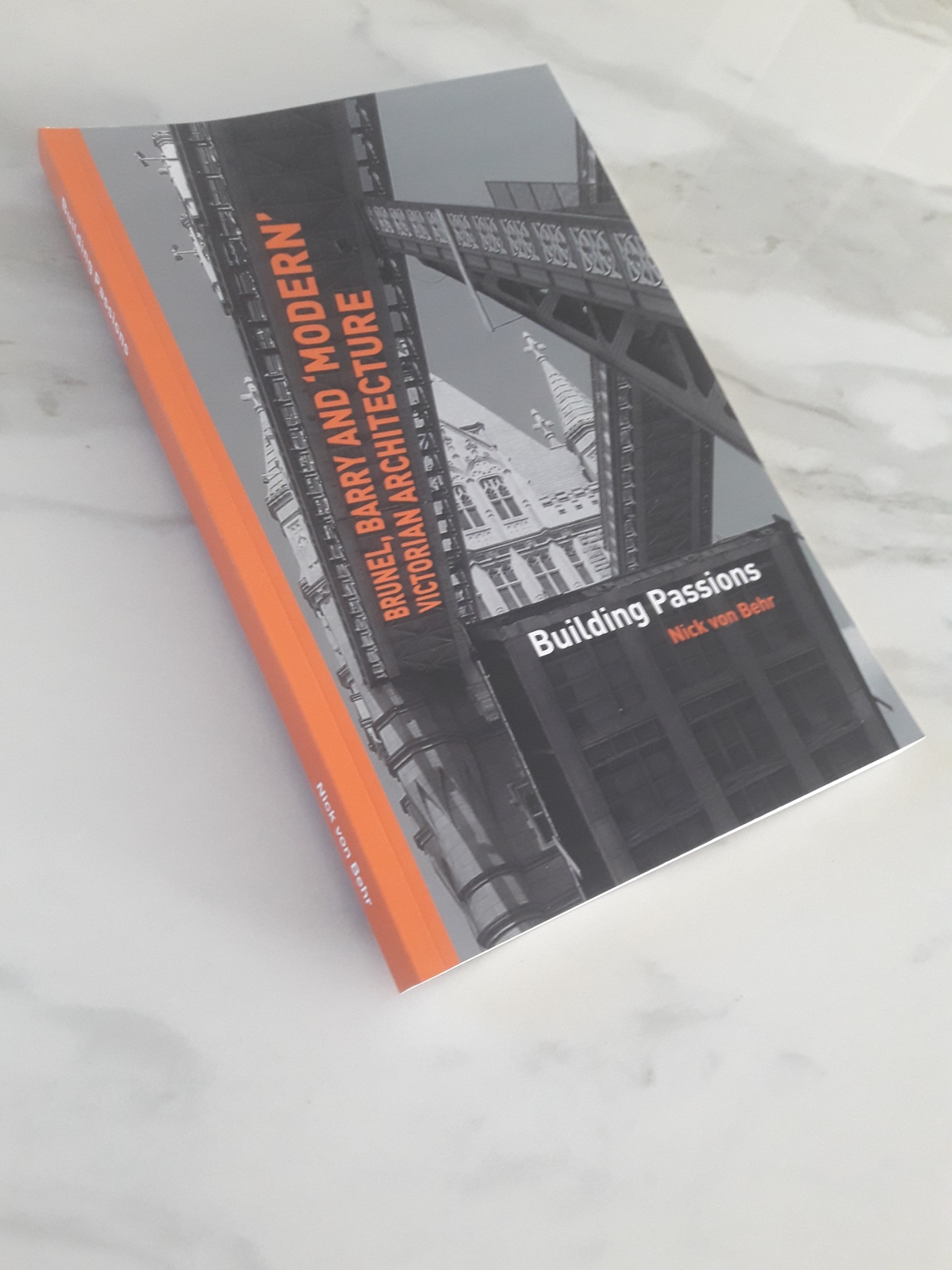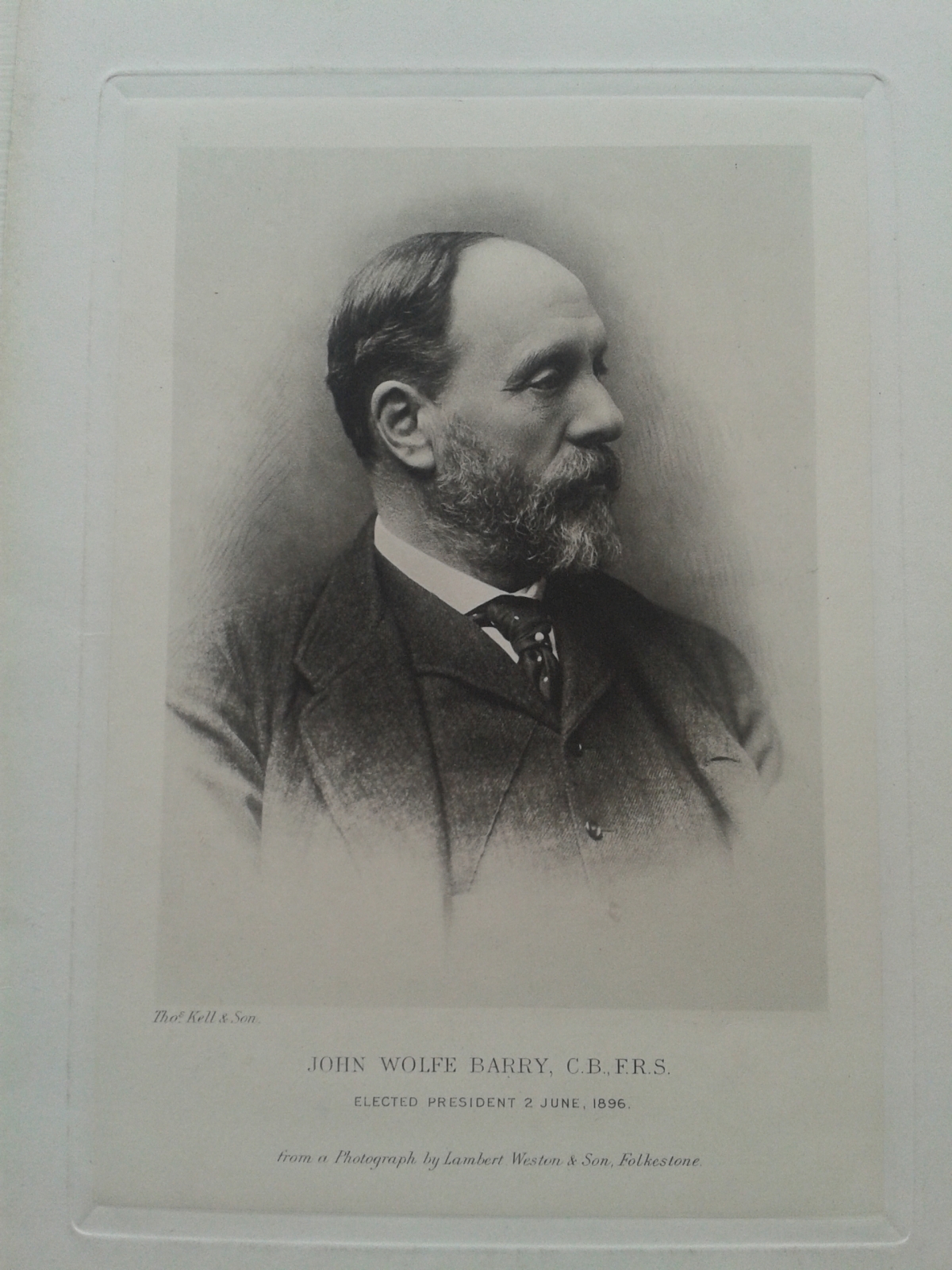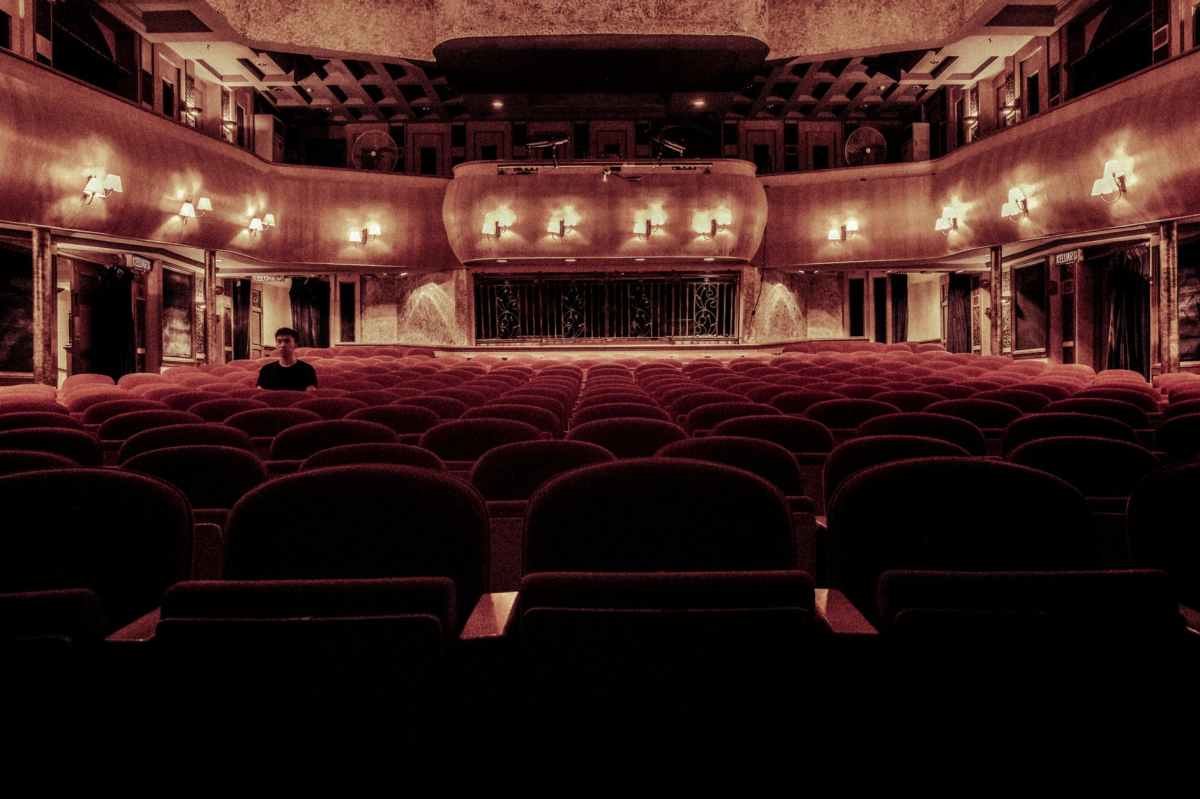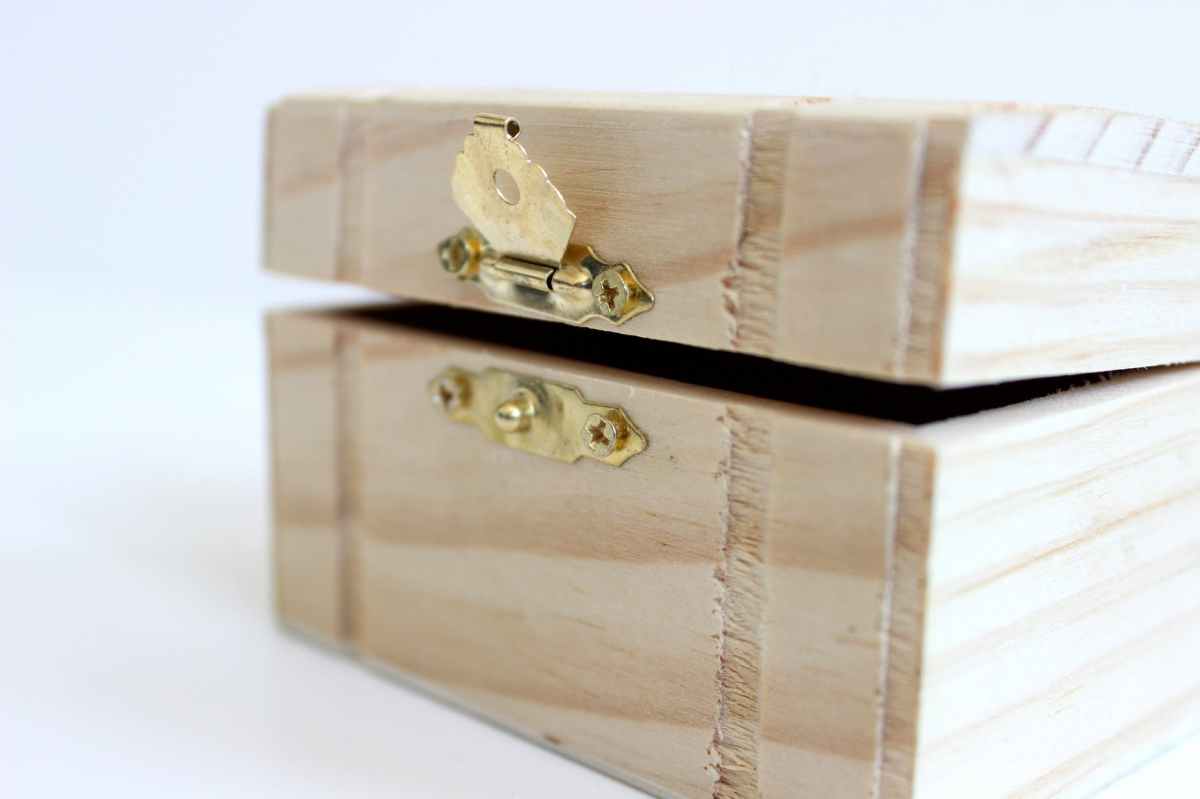Mea culpa!
I’ve not blogged for ages, which is shocking considering this was my main form of communication with the world from about 2012 onwards. Why?
I haven’t blogged because I got caught up in social media and other stuff, having converted from self-employment to employment from 2015-18, and then started a full-time PhD from 2020.
Why did I start blogging in 2012? Because I had been ‘offered’ redundancy by a long-term employer and I needed a route to connect with existing and new networks as a consultant mainly working from home.
To get back to the purpose of this post.
It’s an update on my PhD research at the University of Kent and the Ecole Nationale Superiore d’Architecture et de Paysage de Lille (ENSAPL).
I’m about halfway through my three years of funding and full on into the archival research stage here in France, where I’ve been living since end September 2021. It’s been really interesting and challenging, with the continuation of the pandemic and its restrictions on travel and access.
What have I achieved?
I’ve built up a reasonable list of example historic buildings in Paris, Ile de France, Lille-Roubaix-Tourcoing and Brussels.
I’ve started to focus on key emerging themes related to the thesis objective: to describe the influence of technical standards for new construction materials on the development of modern architecture before WW1. It’s actually more detailed than this but I don’t want to bore you!
The big change has been living in France – though I did have a 5 week break back in the UK over the Christmas period. It definitely has its pros and cons. I love French architecture, particularly in and around Paris. I’m not so enamoured with some things, but you might think differently, and heck, our cultural contrasts are what make us collectively humans.
I’ll try to be more regular with my updates, promise …
